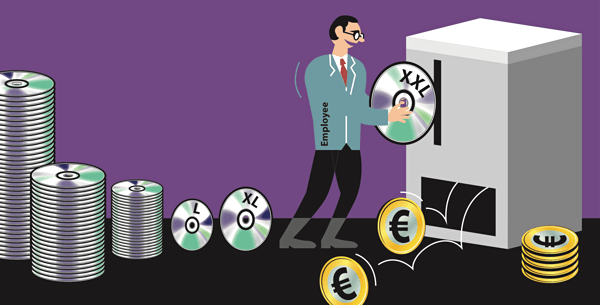The answer to complexity is not more complexity (5/5)
I started with the question why it is so difficult to get a grip on information projects. To unravel this question, I started looking at how information is used, what this means for the interaction between information consumers and information producers and how context can increase the complexity in an interaction model.

The consequences of the different use patterns, their individual interaction models and the role which context plays need to be translated into solutions. And that’s where the trouble starts in practise. Technological solutions are sought which answer contradictory usage demands. All the complexity is swept up into one or two solutions and it takes a lot of energy to deal with that complexity. Behold the most important reason for information projects taking so long, costing so much money and often leading to disappointment.
The result is discussions about data lake architectures and whether the data warehouse is a thing of the past. But these are technological points of view, while the technological solution should prepare the path of least resistance to optimise information valorisation.
Looking from the perspective of information use, I’m of the opinion that “one size does not fit all”. This is especially true from the perspective of ever changing requirements and an expanding landscape of information usage. Change is the normal everyday state of affairs, not a disturbance in everyday activities and you will have to be prepared for that when making your designs.
There is no magic formula for shaping a landscape easily nor for easily cultivating the evolution of that landscape. There is an approach, however, a way of thinking which defines a landscape using a testable process. We call that ‘connected architecture’. This is a subject worthy of discussion and to which future series will be devoted.
